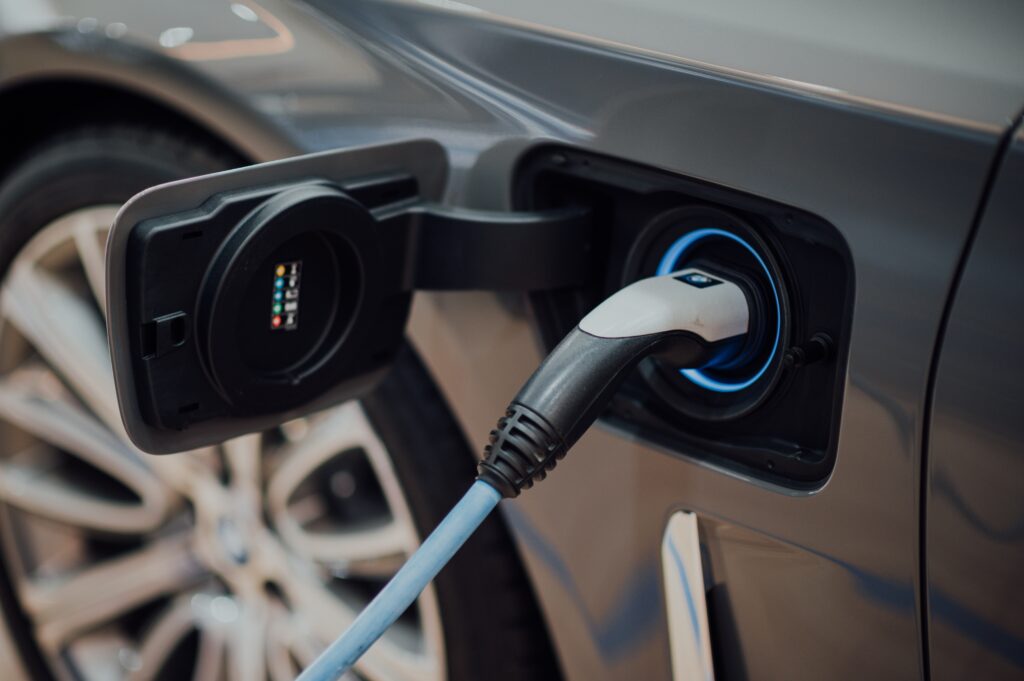Comparing Fuses and Circuit Breakers
Fuse Boxes vs. Circuit Breakers
Ever since electricity became standard in homes, we’ve been using some type of device to control it. If you live in an older home (like a really old home), it’s possible that you’re still using a fuse box to control the flow of electricity. But the vast majority of homes are using circuit breaker fuses to help manage the electricity use in their household.
So why did we make the switch from fuse boxes to circuit breakers?
Changing from fuse boxes to circuit breakers started in the 1960s, as the installation of fuse boxes ceased and circuit breakers started coming on the scene. We’re breaking down how each of these systems works and why your circuit breaker is such a crucial part of your home’s electrical system.
How Fuse Boxes Work
Have you ever heard the term “blew a fuse”? The phrase is still used today even though most homes don’t actually use fuse boxes to manage electrical flow. The fuse box was a way of holding fuses together, similar to how circuit breakers are held together today in one panel.
Fuses are made up of a small container holding a small metal band, which acts as a conductor between two wires. When the fuse overheats, indicating an overflow of electricity, the metal band melts and interrupts the flow of electricity. This was how fuses protected against electrical faults and overflow.
This design, however, made fuses one-time-only products. When the fuse blew, you’d need to discard and replace it. This is one of the drawbacks when compared to the reusable circuit breaker.
How Circuit Breakers Work
A circuit breaker is a modern device used to control the flow of electrical current to various parts of your home. Your electrical panel is made up of an array of circuit breakers, each designed to handle a certain amperage or level of electrical current.
The circuit breaker has a switch and can detect when the electrical current is too strong, which may result in overheating. When it detects this, it cuts the flow of electricity, and the switch will trip to the OFF position. You can then manually flip the switch back to restore power — no changes required.
Why Circuit Breakers Are the Standard
Circuit breakers have replaced fuse boxes as the standard in home electrical management. They are safer, simpler, and more efficient than fuses. The simplest benefit is that you can restore a tripped circuit breaker almost immediately, whereas a fuse needs to be taken apart and replaced when it blows. You need to have extra fuses on hand and know the process of changing them. On the other hand, pretty much anyone can flip a switch.
Circuit breakers are safer because they can be tested to ensure performance, whereas a fuse cannot. Think about it: if a fuse breaks down when overheated, you know it works, but it does you no good because the fuse then has to be discarded. Circuit breakers can also handle higher amounts of electricity and trip much faster than fuses, making them the safer, more reliable choice.
If you still have a fuse box in your home, you should consider switching it to a circuit breaker. Electrical safety in a time where digital devices are the norm should be of the utmost importance, and you need a reliable device to protect your home from electrical overflow.
Safe and Efficient Electrical Repair
You need an electrical team that understands the importance of safety and efficiency when working on your home. Contact the Ostrom Electrical Plumbing Heating & Air Conditioning team today at (540) 685-4040 to get the reliable service you deserve for your home.











